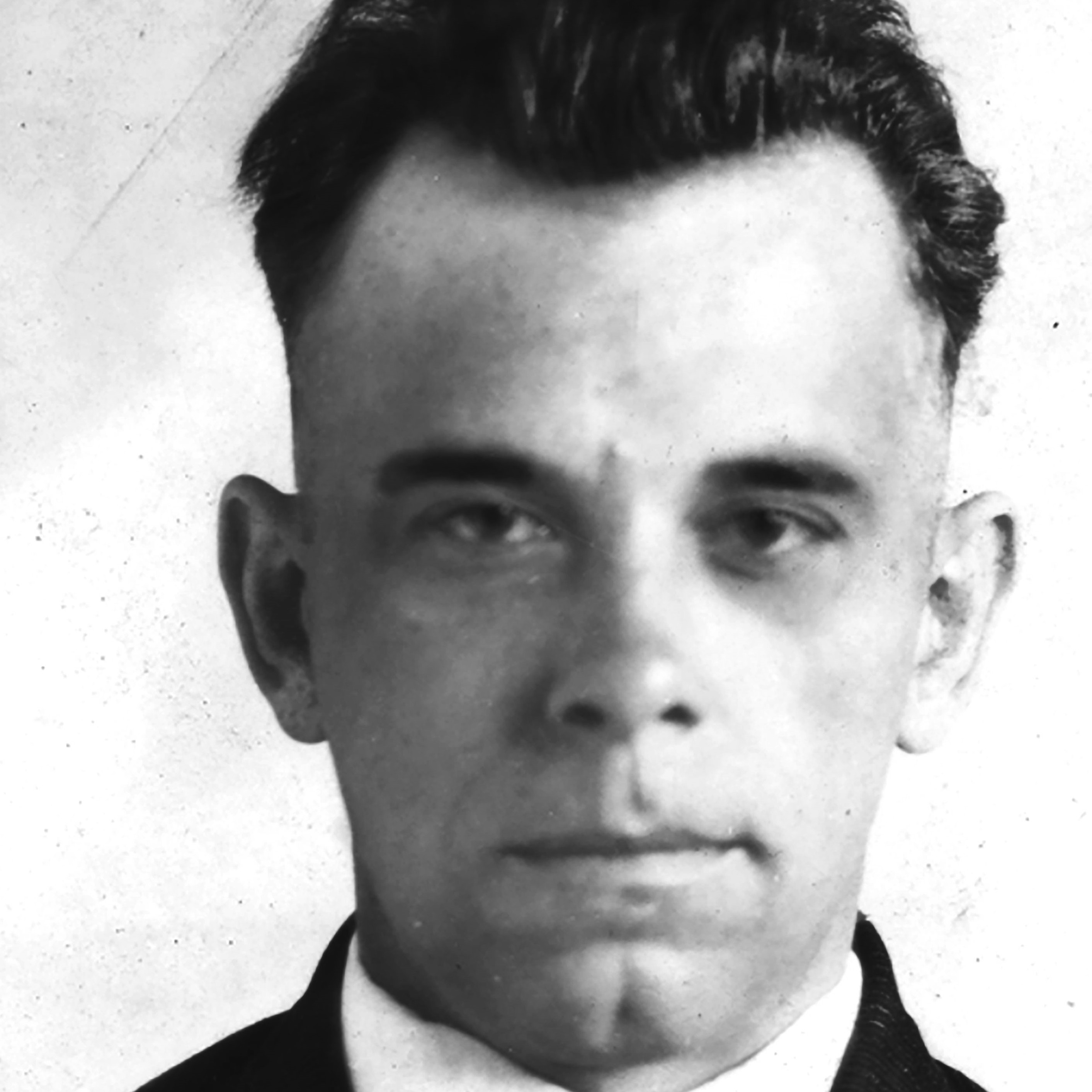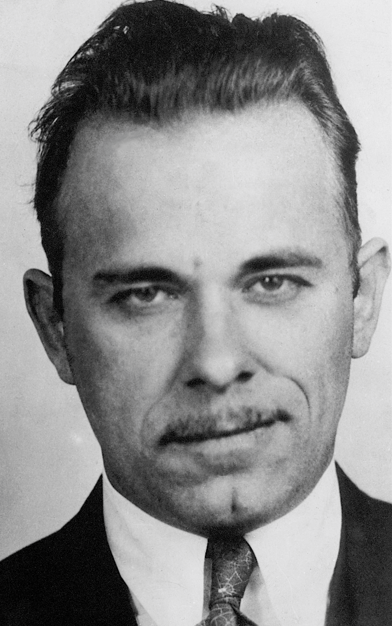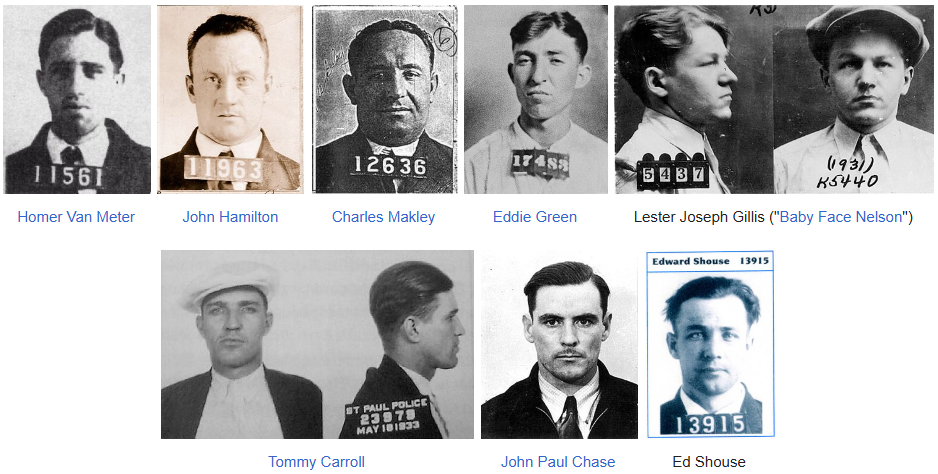
1903 - 1934
John Herbert Dillinger
Summary
Name:
John Herbert DillingerNickname:
Public Enemy No. 1 / The Jackrabbit / Gentleman BanditYears Active:
1924 - 1934Birth:
June 22, 1903Status:
DeceasedClass:
MurdererVictims:
1Method:
ShootingDeath:
July 22, 1934Nationality:
USA
1903 - 1934
John Herbert Dillinger
Summary: Murderer
Name:
John Herbert DillingerNickname:
Public Enemy No. 1 / The Jackrabbit / Gentleman BanditStatus:
DeceasedVictims:
1Method:
ShootingNationality:
USABirth:
June 22, 1903Death:
July 22, 1934Years Active:
1924 - 1934Date Convicted:
May 10, 1924bio
John Herbert Dillinger was born on June 22, 1903, in Indianapolis, Indiana, to John Wilson Dillinger, a grocer, and Mary Ellen Lancaster, who died when he was only three. His father was a strict man who believed his son needed discipline, eventually moving the family to the rural town of Mooresville in hopes that the quieter life would reform his rebellious behavior. But the trouble didn’t stop. As a teenager, Dillinger became known for petty theft and fights. He quit school in the eighth grade and drifted between jobs before enlisting in the U.S. Navy. However, he deserted just months later, continuing his descent into criminal life.
In 1924, desperate for money and excitement, Dillinger and a friend attempted to rob a local grocery store in Mooresville. The heist was poorly planned and quickly failed. Dillinger was arrested and sentenced to 10 to 20 years in prison. While incarcerated, he mingled with seasoned criminals who essentially became his mentors. It was inside Indiana State Prison that Dillinger was "professionally trained" in bank robbery by inmates like Harry Pierpont and Charles Makley. By the time he was paroled in 1933, he was no longer a petty thief — he was a man with a plan, ready to take on banks with a level of precision that would make him one of America's most infamous outlaws.
murder story
Shortly after his release in 1933, John Dillinger wasted no time forming a gang and launching a spree of bank robberies across Indiana and Ohio. These heists weren’t sloppy jobs — Dillinger and his gang were known for their military-like precision, slick getaways, and daring charisma. In total, he is believed to have stolen over $300,000 (equivalent to over $6 million today).
On January 15, 1934, during a robbery at the First National Bank in East Chicago, Indiana, Dillinger was involved in a shootout that resulted in the death of Police Officer William Patrick O'Malley. Authorities labeled Dillinger the triggerman, though some dispute this claim. Regardless, this incident escalated his criminal status. He was now wanted not just for robbery — but for murder.

Dillinger was caught in Tucson, Arizona, on January 25, 1934, after a fire at a hotel led to his arrest. He was extradited to Indiana and imprisoned at the Crown Point Jail, which was believed to be escape-proof. But on March 3, 1934, Dillinger pulled off one of the most daring escapes in history. Using a fake wooden gun that he carved and painted black, he bluffed his way past guards, locked them in his cell, and drove off in the sheriff's own car — crossing state lines and committing a federal offense in the process.
This move made Dillinger the FBI's first official "Public Enemy No. 1." The Bureau, led by J. Edgar Hoover, was determined to bring him down. In June 1934, agents attempted to capture Dillinger at the Little Bohemia Lodge in Wisconsin. The shootout ended in a failed arrest and the death of a federal agent, intensifying the national manhunt.

The end came just weeks later. On July 22, 1934, after being betrayed by Ana Cumpănaș (a.k.a. the "Woman in Red"), Dillinger was ambushed by federal agents outside the Biograph Theater in Chicago. As he exited the movie theater with two women, agents opened fire. Dillinger tried to run but was shot multiple times and collapsed in the alley. He was pronounced dead at 10:50 PM.
His death drew a crowd of thousands outside the Cook County morgue. Despite his criminal reputation, Dillinger was seen by many as a modern-day Robin Hood — a man who defied authority at the height of the Great Depression. Yet for the FBI, his downfall was a landmark victory, cementing the Bureau’s role in modern law enforcement.